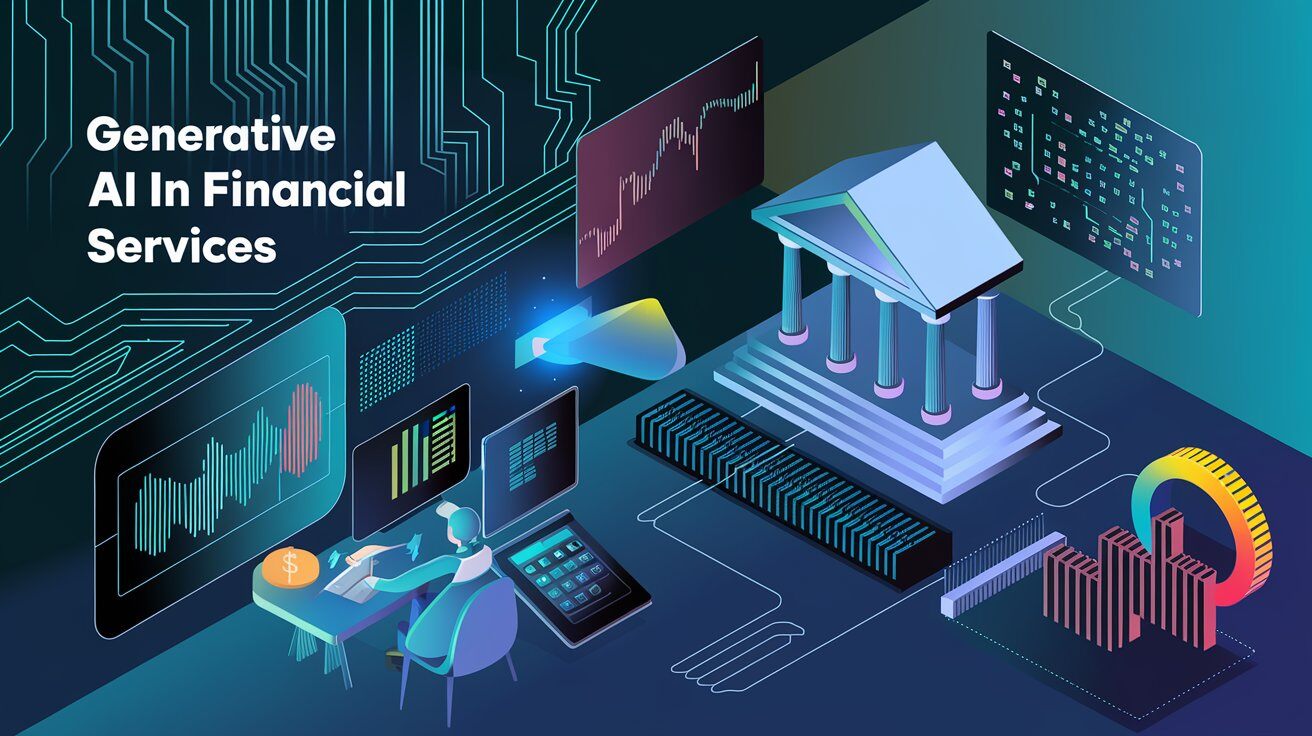
introduction
In the rapidly evolving landscape of financial services, the integration of generative AI presents a transformative opportunity for organizations to enhance their operations and services. As financial institutions navigate the complexities of this advanced technology, adopting effective strategies becomes crucial. This article explores the essential strategies for successfully integrating GenAI into financial services, focusing on setting clear objectives, prioritizing data quality, and fostering talent development. Additionally, it delves into practical use cases and real-life examples to illustrate the potential benefits and applications of generative AI in finance.
-
Aligning Goals: Defining objectives ensures every effort aligns with broader organizational aims, fostering a focused approach to AI integration.
-
Stakeholder Involvement: Engaging stakeholders from different departments provides a holistic view of the challenges and opportunities that generative AI can address.
-
Data Governance: Implement robust data governance frameworks and continuously update data sources to reflect real-time changes.
-
Enriching Datasets: Partner with data providers and integrate alternative data sources, such as social media sentiment, to enhance AI models’ predictive capabilities.
-
Continuous Education: Provide continuous education programs, workshops, and collaborate with academic partners to keep teams updated on AI advancements.
-
Cross-Functional Teams: Create cross-functional teams combining diverse skill sets, such as data scientists and financial analysts, to foster innovation and leverage AI effectively.
-
Cost Reduction: Automation reduces operational costs while enhancing customer experience with timely responses.
-
Enhanced Relationships: This personalization fosters stronger relationships between financial advisors and their clients.

Posted by PDI Marketing Team
Pacific Data Integrators Offers Unique Data Solutions Leveraging AI/ML, Large Language Models (Open AI: GPT-4, Meta: Llama2, Databricks: Dolly), Cloud, Data Management and Analytics Technologies, Helping Leading Organizations Solve Their Critical Business Challenges, Drive Data Driven Insights, Improve Decision-Making, and Achieve Business Objectives.




